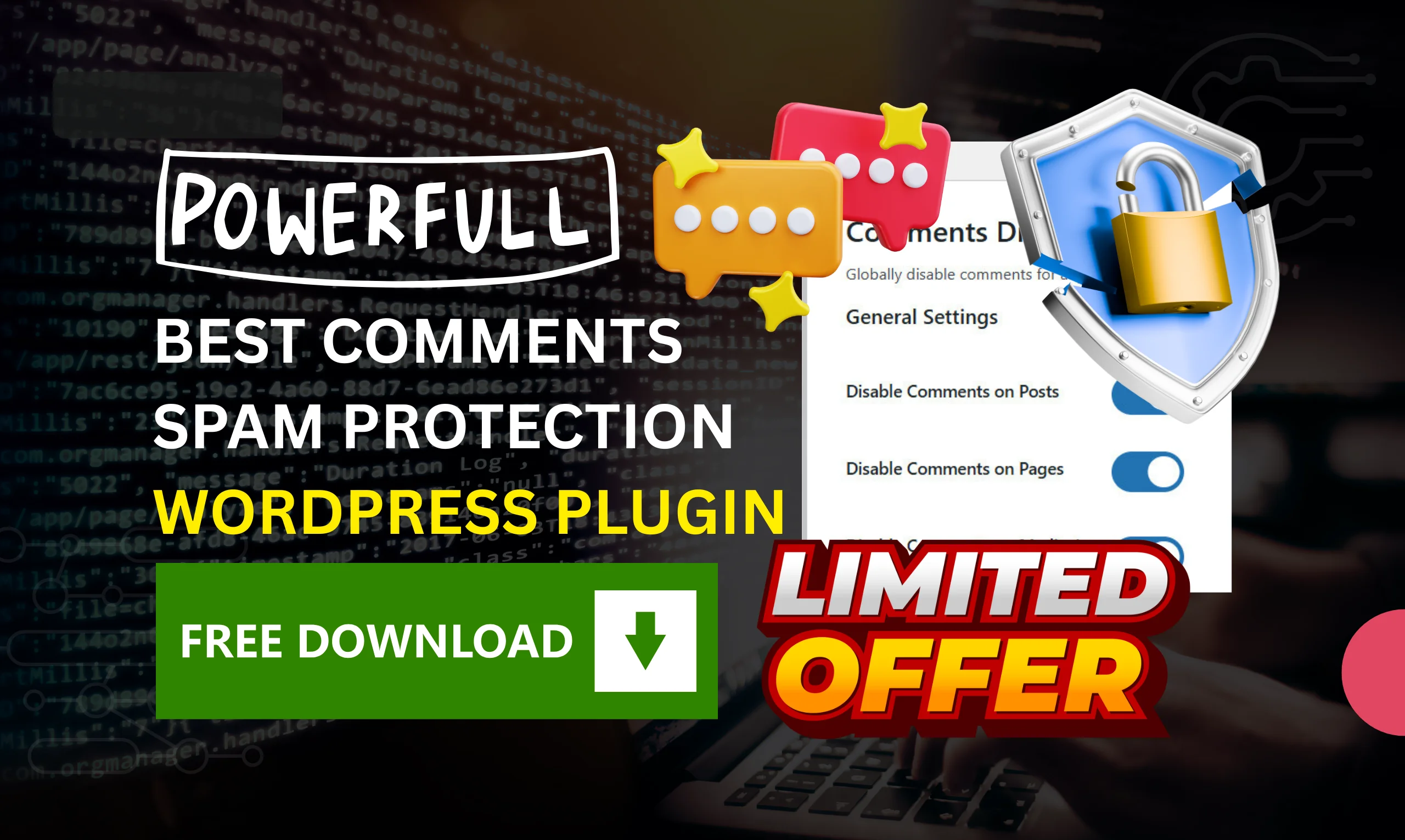Web Design and Best Graphics Software Toolkit
Build your next website with the best Graphics Software Toolkit. We list the top tools for web development, graphic design, UI/UX, and project management. Creating a successful website requires more than just a good idea; it demands a sophisticated ecosystem of software. Gone are the days when one program could do it all. Today’s workflow is a multi-stage process that blends creative graphic design, interactive user experience (UI/UX) planning, powerful code development, and seamless project management. Whether you’re a solo freelancer or part of a large agency, your choice of tools will directly impact your efficiency and the quality of your final product. This guide explores the essential software categories you need to build a professional, high-performance website from the ground up.
1. UI/UX Prototyping & Wireframing Tools
Before you write a single line of code or design a logo, you must plan the user’s journey. These tools are the digital sketchbooks and blueprints for your website.
- Figma: This is the undisputed, cloud-based champion for interface design and collaboration. It allows entire teams to design, prototype, and gather feedback in real-time, all within a browser. Its robust vector editing and “Auto Layout” features make creating responsive designs a breeze.
- Adobe XD: Adobe’s direct answer to the UI/UX boom, XD is a powerful tool for designing, prototyping, and sharing. Its deep integration with other Adobe Creative Cloud apps (like Photoshop and Illustrator) makes it a seamless choice for designers already in that ecosystem.
2. Graphic Design & Asset Creation
This is where you create the visual identity of the website. These tools are for crafting logos, editing photos, and producing custom icons and illustrations.
- Adobe Photoshop: The industry standard for decades, Photoshop is unmatched for raster (pixel-based) image editing. It’s essential for photo manipulation, retouching, and creating complex, layered web graphics.
- Adobe Illustrator: When you need graphics that can scale to any size without losing quality, you need a vector tool. Illustrator is the standard for creating logos, icons, and detailed illustrations.
- Canva: For those who aren’t professional graphic designers, Canva has become an invaluable resource. It’s perfect for quickly creating beautiful, template-based web banners, social media graphics, and marketing materials.
3. Web Development & Code Editors
This is where the visual designs are translated into a functional website. A good code editor is a developer’s most important tool.
- Visual Studio Code (VS Code): This free tool from Microsoft has dominated the development world. It’s lightweight, incredibly powerful, and has a massive library of extensions for almost any language or framework (like JavaScript, React, and Python). Built-in features like Git integration and a debugging terminal make it an all-in-one powerhouse.
- Sublime Text: For developers who value speed and simplicity above all else, Sublime Text is a fantastic, lightweight option. It’s known for its “Goto Anything” feature and blazing-fast performance, even with enormous files.
In the modern web workflow, the lines between these tools are blurring. We now have platforms that bridge the gap between design and development, allowing for a more integrated process. For example, a designer can create a high-fidelity prototype in Figma, and a developer can then use a tool like Webflow to build that exact design visually while simultaneously producing clean, semantic HTML and CSS. This synergy means teams can go from idea to launch faster than ever, reducing the errors that often happen during the “handoff” from the design team to the development team. This integration is the future of web design.
4. Content Management Systems (CMS) & Builders
A CMS is the “engine” of your website, allowing you or your client to add, edit, and manage content without needing to code.
- WordPress: Powering over 40% of the entire internet, WordPress is the world’s most popular CMS for a reason. Its vast library of themes and plugins gives you limitless flexibility, making it ideal for everything from blogs to complex e-commerce stores (with WooCommerce).
- Webflow: This is the new standard for designers who want to build. Webflow is a visual web development platform that lets you design, build, and launch responsive websites without writing code. It offers the customization of a developer with the visual interface of a design tool.
- Shopify: If the primary goal of the website is e-commerce, Shopify is the clear leader. It’s an all-in-one hosted platform that handles everything from product listings and payment processing to secure checkout, letting you focus on selling.
5. Project Management & Collaboration
Building a website, especially with a team, requires organization. These tools keep everyone on the same page.
- Asana / Trello: These tools are essential for managing tasks. Trello uses a simple “Kanban board” system of cards and lists, perfect for visualizing a project’s workflow. Asana is more robust, offering timeline views, task dependencies, and detailed reporting for larger projects.
- Git (and GitHub): Git is the industry-standard version control system. It allows developers to track every single change to the code, experiment with new features on “branches,” and collaborate without overwriting each other’s work. GitHub is the most popular cloud-based service for hosting and managing your Git projects.
Ultimately, there is no single “best” list of software. The perfect toolkit depends on your project’s specific needs, your team’s size, and your personal workflow. A freelance designer building a simple portfolio might only need Figma and Webflow. A large agency building a custom e-commerce platform might use all the tools on this list and more. The key is to choose tools that integrate well, empower your creativity, and streamline the path from your initial idea to a live, functioning website.





